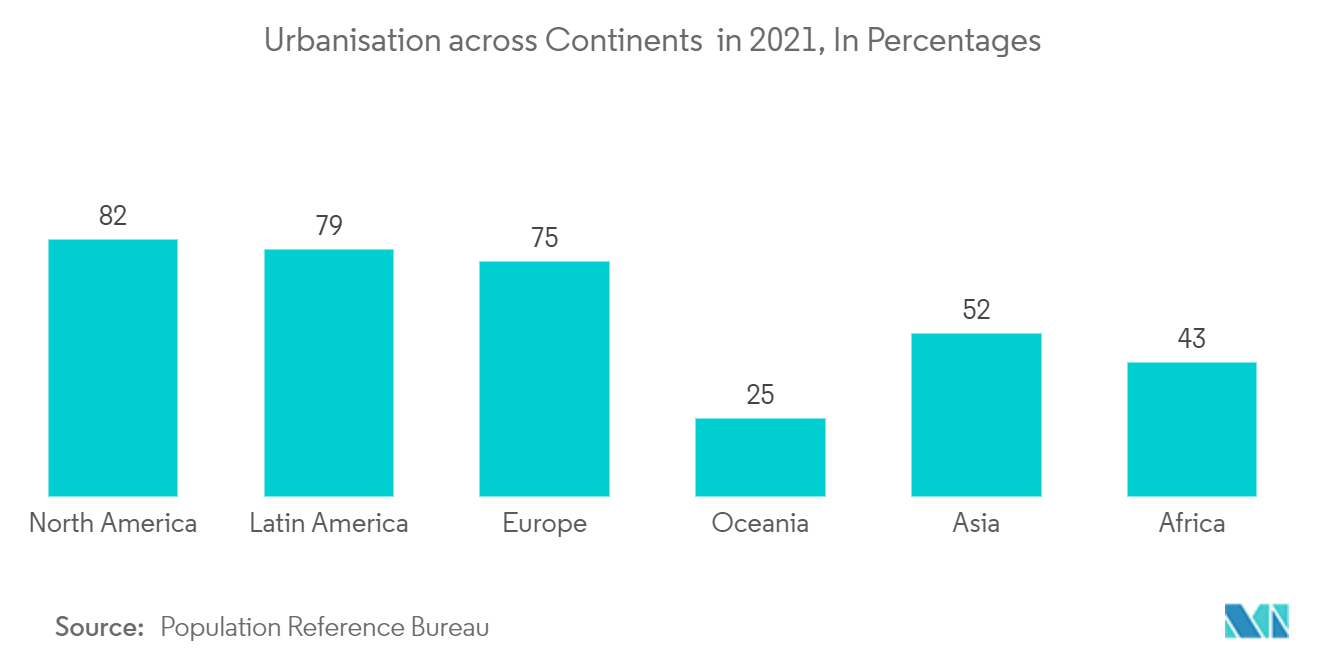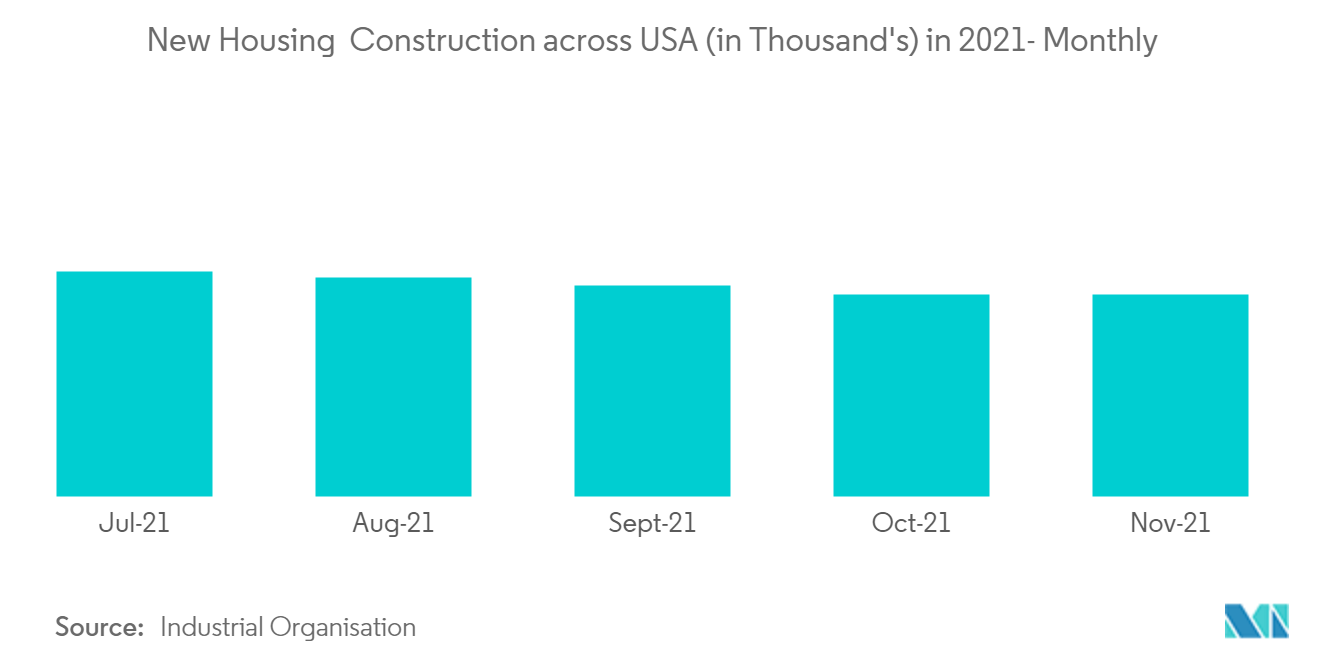Market Trends of Residential Real Estate Industry
This section covers the major market trends shaping the Residential Real Estate Market according to our research experts:
Growth of Urbanization is Propelling the Residential Real Estate Market
Today, around 55% of the world’s population, i.e., 4.2 billion inhabitants, live in cities. This trend is expected to continue. By 2050, with the urban population more than doubling its current size, nearly 7 of 10 people in the world will live in cities.
Most of this urbanization occurs in the developing world in cities such as Lagos, Bangalore, Beijing, and many other Asian, African, and Latin American cities. India, China, and Nigeria are expected to account for 35% of the global urban population during this projected growth.
With more than 80% of the global GDP generated in cities, urbanization can contribute to sustainable growth if managed well by increasing productivity and allowing innovation and new ideas to emerge. However, the speed and scale of urbanization accelerate the demand for affordable housing.
In recent years in Australia, there has been substantially more land released for low-density in growth corridors of major cities. As a result, there has been an uptick in first-home buyers. There is a shift to a shared urban lifestyle in apartments, with 30% of Sydney homes being apartments.
Since there is a growth of Tier 2 and Tier 3 cities across Asian countries like India, China, etc., there has been a huge surge in housing demands. Urbanization in these countries is driving residential real estate.

Increase in Residential Properties across the United States due to Less Mortgage Rates
The lending mortgage rates also affect the residential real estate market through the cost of financing a home purchase. Most Americans take out a mortgage to purchase a home, and mortgage debt accounts for about 70% of all household debts. The Federal Reserve's aggressive interest rate reduction and quantitative easing drove down treasury yields, lowering mortgage rates.
Industry experts claim the current residential boom emerged from a mix of low-interest rates, booming demand, and supply bottlenecks. It is a situation that many are feeling acutely about with no single policy to blame and no easy fix.
Banks lent an estimated USD 1.61 trillion for home purchases in 2021, up by 9% from 2020. During the pandemic, the housing market strengthened as many Americans transitioned to working at home, which put additional living space at a premium. Steady job growth, a stock market at all-time highs, rising rents, and expectations of higher mortgage rates have also spurred homebuyers.
The meager mortgage rates that have helped intensify housing market demand are expected to continue to grow higher in 2022. Thus, this is driving the residential real estate market.

